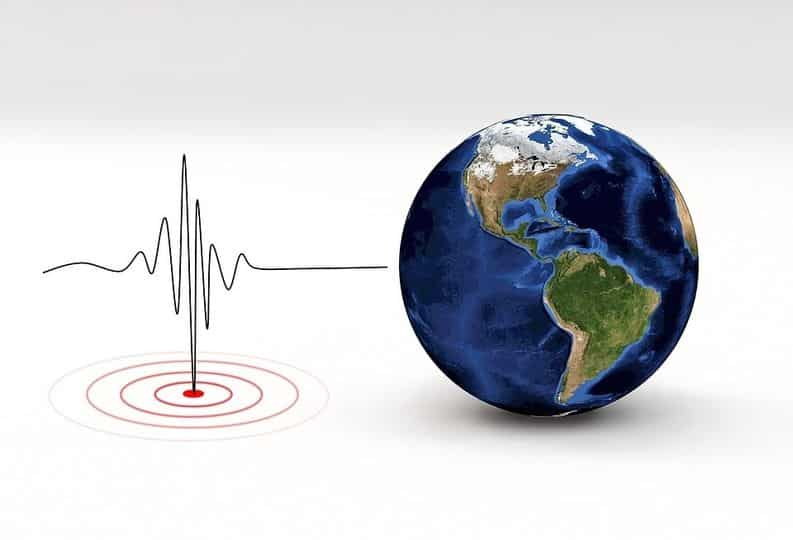 |
|
On Thursday afternoon, a significant seismic event unfolded in the region of Jammu and Kashmir, sending tremors through the area. The earthquake, measuring 5.8 on the Richter scale, struck at 4:19 pm local time. While the magnitude of the quake was substantial enough to cause noticeable shaking, initial reports indicate that the impact was thankfully mitigated by the earthquake's depth and the geographic location of its epicenter. The epicenter was pinpointed in Afghanistan, approximately 36.49 degrees north latitude and 71.27 degrees east longitude, at a depth of 165 kilometers. This considerable depth played a crucial role in reducing the intensity of ground shaking experienced in Jammu and Kashmir. Deep earthquakes, while still powerful, tend to dissipate their energy over a larger area, resulting in less severe surface effects compared to shallower quakes of the same magnitude.
The lack of immediate reports of damage or casualties is a testament to the combined factors of the earthquake's depth and the region's geological characteristics. While buildings and infrastructure in the Kashmir Valley are designed to withstand seismic activity to varying degrees, the substantial depth of the earthquake likely minimized the strain on structures. The significant distance between the epicenter and populated areas in Jammu and Kashmir further attenuated the ground motion, leading to a less destructive outcome. Authorities remain vigilant, however, and continue to monitor the situation for any late-emerging reports of damage or injuries. Post-quake assessments are being conducted to thoroughly examine the impact on infrastructure and to ensure public safety.
This earthquake serves as a stark reminder of the region's inherent seismic vulnerability. The Himalayas, a highly active tectonic region, are prone to frequent earthquakes, often of significant magnitude. Geological surveys and ongoing monitoring are crucial for assessing the region's seismic hazards and developing effective mitigation strategies. Building codes and infrastructure planning need to factor in these potential risks to minimize the impact of future seismic events. Public awareness campaigns educating residents about earthquake preparedness – such as emergency protocols, evacuation procedures, and safe practices during and after an earthquake – are equally vital in minimizing potential losses and ensuring community resilience. Further research into the specific geological factors contributing to the earthquake's intensity and the effectiveness of current building codes in the region is needed to inform future infrastructure development and risk reduction efforts.
The swift dissemination of information regarding the earthquake and the subsequent reports of no significant damage highlight the importance of efficient communication networks and disaster response systems. Rapid assessments and the ability to relay information quickly to the public and relevant authorities play a critical role in mitigating the consequences of such events. International collaboration in monitoring seismic activity and sharing data across borders are also crucial aspects of mitigating seismic risks, particularly in regions located along tectonic plate boundaries like the Himalayas. The comparatively low impact of this earthquake, despite its significant magnitude, offers a valuable case study for understanding how depth and distance can affect the severity of seismic events, informing future preparedness and response strategies for similar events in the region.
Ongoing seismological research continues to refine our understanding of earthquake prediction and mitigation. Advanced technologies, such as improved seismic monitoring networks and sophisticated modeling techniques, help to better assess risks and improve early warning systems. Investing in these technologies and research efforts is crucial for enhancing preparedness and minimizing the impact of future earthquakes not only in Jammu and Kashmir but globally in seismically active regions. This incident serves as a reminder that while preparedness and mitigation strategies are crucial, a degree of unpredictability always accompanies significant seismic events. Continuous monitoring, ongoing research and community education remain key components in navigating this inherent uncertainty and ensuring community safety and resilience.
Source: Earthquake Today: 5.8 magnitude quake jolts Jammu and Kashmir
